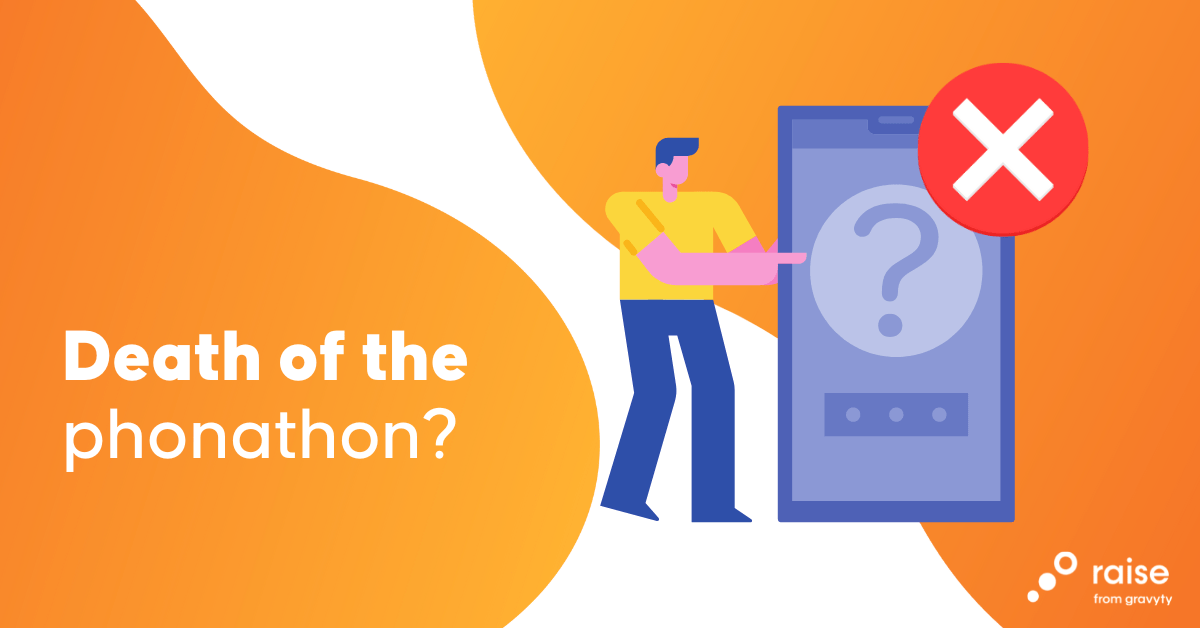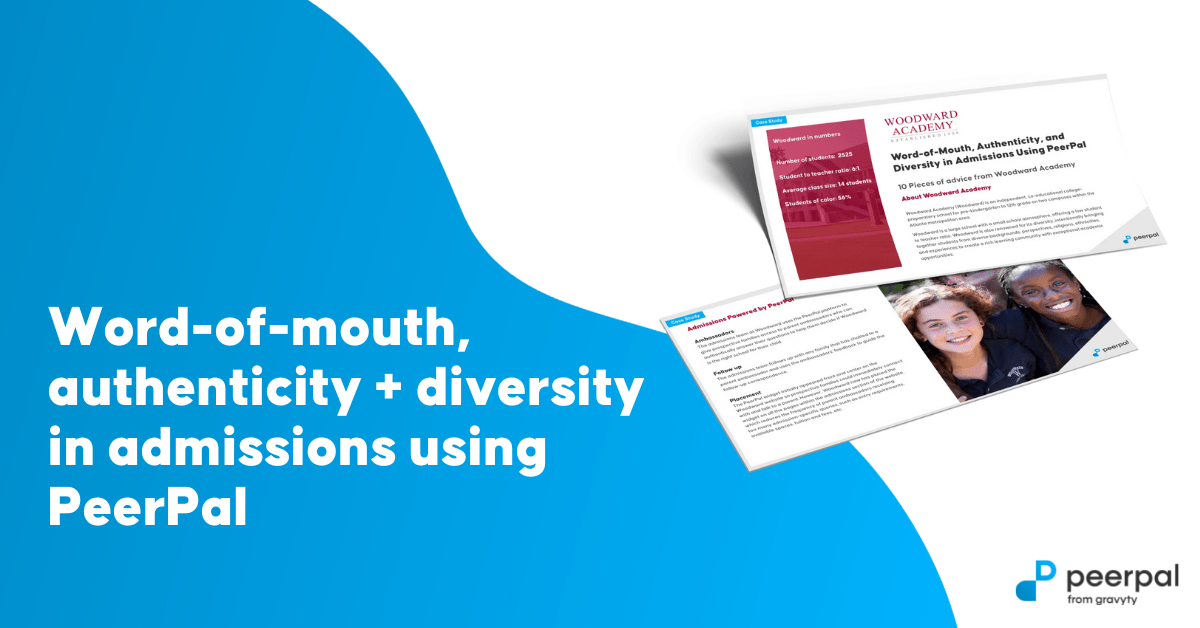Student loan delinquency: How to nudge delinquent borrowers before June 30 (+ templates included)

The Department of Education has recently issued a clear and urgent message: institutions must begin proactive outreach to delinquent student loan borrowers no later than June 30, 2025.
With the repayment pause officially over and default rates on the rise, failure to act could result in a spike in Cohort Default Rates (CDRs) that put federal financial aid eligibility at risk.
We know—as if you needed more on your to-do list.
Between FAFSA delays, staff burnout, and increased demands on enrollment and advising offices, your team is already stretched thin.In this blog, we’ll break down this mandate into manageable steps, provide easy-to-use templates to simplify your outreach, and show how Ivy & Ocelot from Gravyty can help you scale and streamline student financial aid support when they (and you!) need it most.
Why addressing student loan delinquency matters now
In October 2023, the repayment pause on federal student loans officially ended. Since then, delinquency rates have doubled, with nearly 1 in 5 borrowers more than 90 days past due. According to the Department of Education, those who became delinquent after the reset in September 2024 could face default as soon as summer 2025.
Outreach to these borrowers must happen no later than June 30, 2025. Institutions that don’t act now risk long-term consequences to both their financial aid programs and student success outcomes, including the potential loss of eligibility for Title IV aid.
How schools are managing this outreach today
Typically, schools with access to borrower data from the National Student Loan Data System (NSLDS) perform outreach through emails, call centers, or printed letters. Some institutions have internal systems for contacting borrowers. However these systems are often manual, time-consuming processes handled by already stretched financial aid and advising teams.
The Department’s new guidance is shifting that reality. With a defined timeline and risk to federal aid eligibility, schools must now:
- Scale their outreach to reach hundreds (if not thousands) of students in a short period
- Ensure messaging includes required information such as repayment options and clear calls to action
- Meet students where they are (on mobile devices and online)
In practice, what could this look like for higher ed teams? To start, teams must move quickly – June 30 is rapidly approaching. To realistically reach out to this group of students effectively and with the same headcount, outreach should be measurable and effective, with tools that automate and track engagement.
How to measure “nudge” success
So, what does it look like to successfully engage your subset of delinquent borrowers by the June deadline?
Here are metrics to consider tracking:
- Engagement Rates: Are students opening emails, replying to texts, or interacting with your virtual assistant?
- Repayment Plan Enrollment: Are borrowers taking action on repayment options?
- Changes in Delinquency Status: Is the number of students in delinquency shrinking over time?
- Call and Email Volume: Are more students reaching out with questions after your messages?
Data from your outreach channels – especially platforms like Ivy & Ocelot from Gravyty – can give real-time insight into what’s working and where additional nudges are needed.
The tools to make it possible
Scale outreach without burning out your team with financial aid software for higher education
While a looming deadline undoubtedly adds more to your team’s (already full) plate, it’s important to keep in mind that you’re not in this alone.
Implementing some key tools and processes can help you scale your outreach, meeting students where they are and automating nudges across multiple channels.
Here’s how:
- Virtual Assistant + FATV Video Content: Deliver guidance through on-demand videos and helpful prompts
- Email + SMS Campaigns: Trigger personalized reminders about repayment options and deadlines
- AI-Powered Chatbot: Answer borrower questions instantly and redirect to key resources

Student nudge templates
Sometimes, a little nudge goes a long way when it comes to loan delinquency. Here are sample messages per communication channel to help you get started immediately. Make sure to adjust these to reflect your institution’s brand, tone and policies:
Email templates
Email 1:
Subject: Action Needed: Get Back on Track with Your Student Loans
Hi [First Name],
We’re reaching out because it looks like your federal student loans are behind on payments. Falling further behind could lead to loan default, which may damage your credit and impact your access to future financial aid.
The good news? You still have time—and options.
Here are three quick steps you can take:
- Sign in at StudentAid.gov to check your loan status and make sure your contact info is current.
- Look into income-driven repayment plans, which can lower your monthly payments based on your income.
- Reach out to your loan servicer directly if you need help choosing a plan or understanding your options.
Taking action now gives you more flexibility and helps avoid serious financial consequences. The federal deadline to act is June 30, 2025, but the sooner you respond, the easier it is to stay on track.
We’re here to support you. Please don’t hesitate to reach out if you need guidance.
Sincerely,
[Your Institution’s Financial Aid Office Name]
[Contact Information]
Email 2:
Subject: June 30 Deadline: Don’t Let Student Loan Debt Derail Your Future
Hi [First Name],
Student loan payments resumed last fall, and we want to make sure you stay on track. If your loan is past due, now is the time to take action to avoid default.
Here are three steps you can take:
- Visit StudentAid.gov to review your current repayment plan and find options that better suit your budget.
- Check your loan status and verify that your contact information is current.
- Reach out to your loan servicer for support.
The deadline to avoid default is June 30, 2025, but the sooner you act, the more flexibility you’ll have.
Need help? Don’t hesitate to contact our financial aid team or visit our website for resources.
Best regards,
[Your School’s Financial Aid Office]
[Contact Info or Office Website]
Email 3:
Subject: Action Needed by June 30 – Student Loan Support Available
Dear [First Name],
We understand that managing student loan payments can be overwhelming, especially now that the repayment pause has ended. If you’re behind on your payments, you’re not alone—and help is available.
To avoid default, we recommend:
- Logging into your account at StudentAid.gov to review your repayment status and update your contact details.
- Exploring income-driven repayment plans, which may significantly reduce your monthly payments.
- Contacting your loan servicer for support in getting back on track.
Remember: defaulting on your student loans can affect your credit and access to future federal aid. Act by June 30, 2025 to protect your financial future.
We’re here if you have questions or need support.
Sincerely,
[Your Financial Aid Office Name]
[Contact Information]
Text/SMS templates
Message 1: [First Name], your student loans may be past due. Avoid default—visit StudentAid.gov to explore repayment options. Act before June 30. – [Your School]
Message 2: Hi [First Name]! You may qualify for lower student loan payments. Avoid default by checking your options at StudentAid.gov. Questions? We can help.
Message 3: Deadline approaching! Avoid default by logging into StudentAid.gov to check your repayment status. Need help? Reply here or visit our office. – [Your School]
AI virtual assistant prompts
Prompt 1: “Do you have questions about your student loan repayment options? I can help you explore income-driven plans and connect you to StudentAid.gov.”
Prompt 2: “It looks like you might be behind on your student loan payments. Want help avoiding default? Click here to learn your options.”
Prompt 3: “Need help finding your loan servicer or logging into StudentAid.gov? I can guide you step-by-step!”
Get started with Ivy & Ocelot from Gravyty—the purpose-built financial aid software for higher education
You have the tools, the templates, and the timeline. Now’s the moment to lean on platforms like Ivy & Ocelot to do more with less without burning out your team. By starting proactive outreach today, you’ll not only protect your CDRs – you’ll also help your students regain financial stability and trust in your institution.
Need help getting started? Let’s talk about how Gravyty can help.



